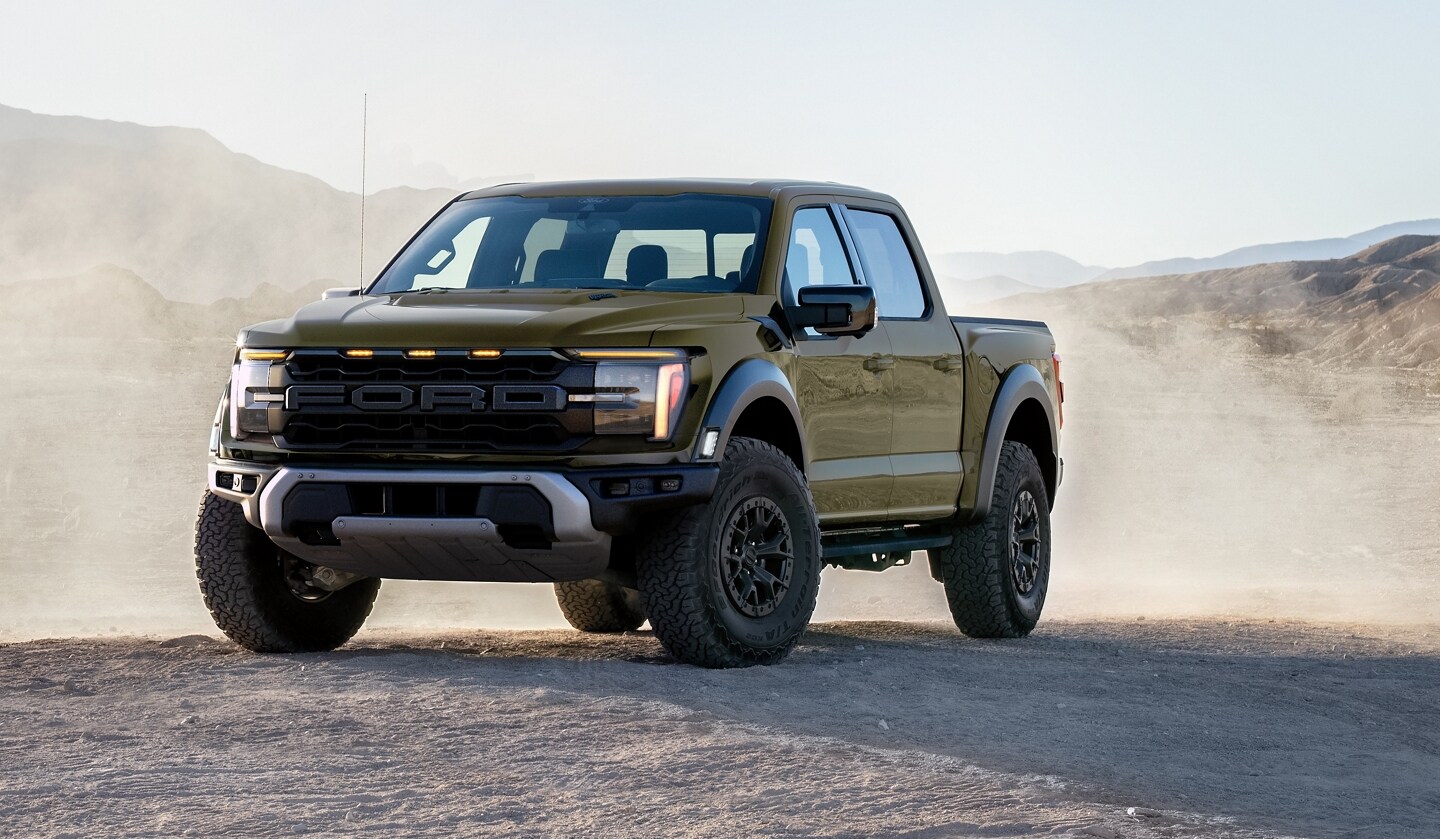When selecting a vehicle, buyers often consider factors like fuel efficiency, horsepower, and infotainment features.
However, one often-overlooked but incredibly important detail is the availability of smart, secure storage bins—especially for drivers who prioritize safety and preparedness.
A well-placed storage bin can make all the difference when you need quick access to a first aid kit, whether it’s for a minor cut, allergic reaction, or a more serious roadside emergency.
Keeping a first aid kit in your vehicle isn’t just about having bandages and antiseptic on hand. It’s about organization, accessibility, and space.
Kits should be kept out of direct sunlight, away from heavy shifting cargo, and ideally within arm’s reach or in a location that’s easy to access quickly during high-stress situations.
That’s where built-in storage bins—underfloor compartments, center consoles, door pockets, and rear cargo cubbies—become invaluable.
Fortunately, a growing number of vehicles come equipped with thoughtful storage solutions that seem tailor-made for this purpose.
From hidden underfloor trays in SUVs to waterproof bins in truck beds and secure pockets behind seats, these features add more than just convenience—they add peace of mind.
In this article, we explore ten vehicles that go above and beyond with storage options particularly well-suited for keeping a first aid kit safe, secure, and ready for action.
These vehicles come from a variety of categories, including SUVs, trucks, minivans, and even crossovers—proving that smart storage isn’t limited to large or expensive models.
Whether you’re a parent transporting kids, an outdoor enthusiast who tackles trails and terrains, or simply someone who believes in being ready for the unexpected, these vehicles offer more than just mobility. They offer a smart way to stay prepared—every mile of the journey.
Also Read: 10 Cars That Place USB Ports in the Worst Spots
1. Honda CR-V
The Honda CR-V has long been one of the most versatile and family-friendly compact SUVs on the market. Its reputation for reliability and comfort is well-earned, but one of its lesser-known strengths lies in its smart storage design—especially ideal for keeping a first aid kit both safe and accessible.
The CR-V’s rear cargo area is a standout feature. Beneath the cargo floor lies a deep, concealed storage bin that provides ample space for a compact or even medium-sized first aid kit.
This underfloor compartment is perfect for keeping supplies out of direct sunlight and protected from heavy or loose cargo that might shift during driving. The lid closes flush with the rest of the cargo floor, making it a tidy, discreet location.
In addition to the rear bin, the center console in the CR-V is among the largest in its class. It’s adjustable and modular, allowing drivers to customize how it stores items. For those who want quick access to bandages or antiseptic wipes while in the front seat, this is an ideal spot.
Honda also outfits the CR-V with door-side pockets and rear seatback pockets, offering flexible locations for smaller, grab-and-go items from your first aid kit—such as gloves, wipes, or a CPR mask. The layout is designed for families, so it’s intuitive and built to accommodate the unpredictable needs of everyday travel.
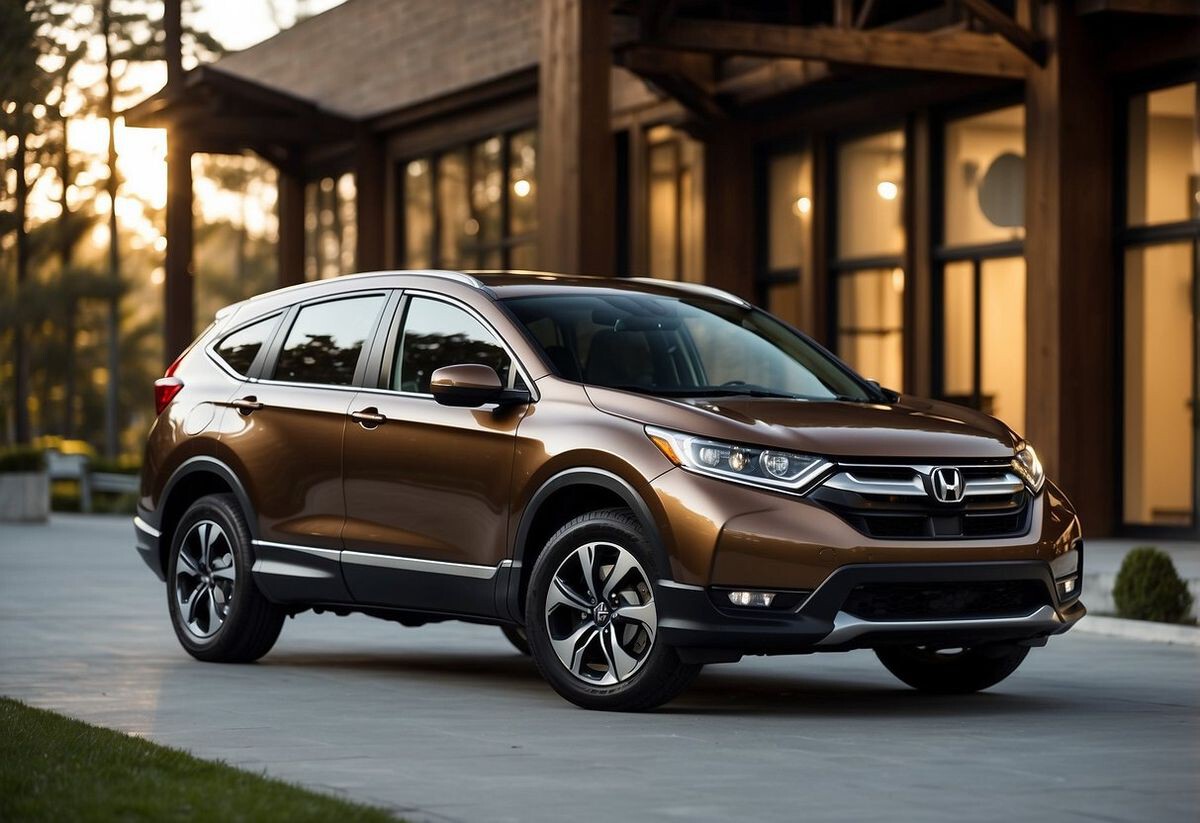
Another useful detail: the CR-V’s rear seats fold completely flat, and the cargo floor is low and wide, making it easier to reach items stored in the rear—particularly useful in emergency situations where speed and accessibility matter.
For drivers who prioritize preparedness, the Honda CR-V is more than just a practical daily driver. Its hidden and spacious storage areas make it a smart, safety-conscious choice for those who always like to keep a first aid kit close at hand.
2. Subaru Outback
The Subaru Outback blends SUV practicality with wagon-like functionality, making it a favorite for outdoor enthusiasts and families alike.
One of its standout features is the abundance of well-thought-out storage options that lend themselves perfectly to stashing a first aid kit securely and conveniently.
Starting with the rear cargo area, the Outback includes a generous underfloor storage bin. This space is shielded from sunlight and temperature extremes, helping preserve medical supplies that may degrade under heat or exposure.
It’s large enough for a full emergency medical kit, yet out of sight—reducing the risk of theft or accidental damage from luggage or gear.
The main cargo bay is wide and flat, and with the rear seats folded, it offers over 75 cubic feet of space. While that’s useful for camping or road trips, it’s the small compartments that make the Outback stand out. On either side of the cargo area are side cubbies—perfect for quick-access items like gauze or cold packs.
Up front, the Outback offers a two-tiered center console. The lower compartment is deep enough for a small trauma kit or individual first aid pouch, and the upper tray is suitable for quick-grab items like medications or hand sanitizer.
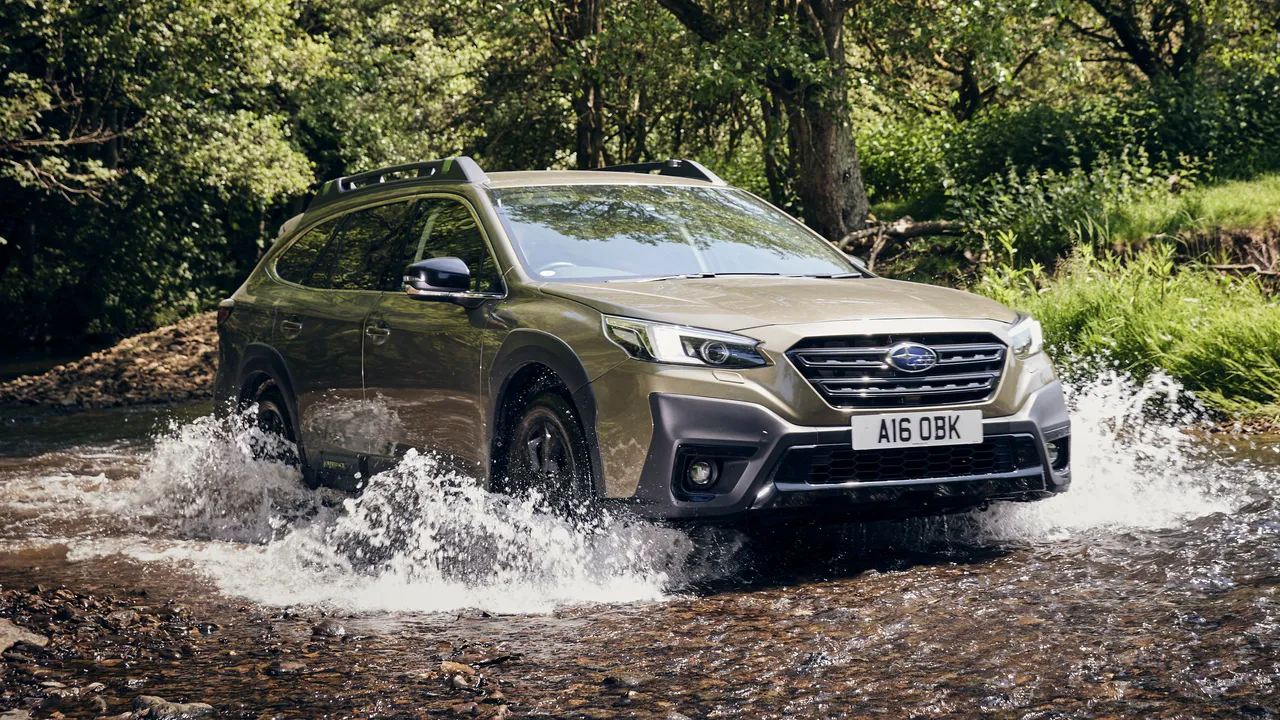
Additionally, the door bins are sizable enough to store pouches or soft-sided first aid kits upright, keeping them organized and within reach.
Another benefit is the Outback’s durable interior materials. The cargo floor is lined with water-resistant rubberized mats on certain trims, making it easy to clean up in case of a spill or medical emergency involving liquids or blood.
Whether you’re hitting mountain trails or navigating city streets, the Subaru Outback offers storage flexibility, weather protection, and interior durability.
For safety-conscious drivers who want quick, discreet access to first aid supplies, the Outback delivers confidence and convenience in equal measure.
3. Ford F-150
The Ford F-150 is America’s best-selling truck for a reason—its combination of power, utility, and comfort makes it suitable for a wide range of drivers.
But beyond towing and payload capabilities, the F-150 offers a surprising amount of clever storage, making it an ideal vehicle for keeping a first aid kit secure and accessible.
Inside the rear cabin area, particularly on SuperCrew models, Ford provides under-seat storage bins that are perfect for first aid kits. These compartments are out of sight yet within easy reach, providing a secure space that won’t shift or spill, even on rough terrain.
Some trims include lockable under-seat storage, which adds another layer of security for sensitive supplies like medications or sharps.
The center console in the F-150 is another major asset. It’s massive—big enough to fit a laptop, and certainly large enough for a complete trauma kit. This allows the driver to have medical gear readily available without sacrificing cabin space or visibility.
The armrest lifts up to reveal a deep compartment that can be subdivided using trays or organizers, making it easy to separate items like gloves, gauze, and ointments.
In the truck bed, Ford offers the BoxLink™ system and available in-bed storage boxes, especially useful on higher trims or with aftermarket accessories. These are great for storing backup kits or more advanced emergency supplies if you’re frequently working in remote areas.
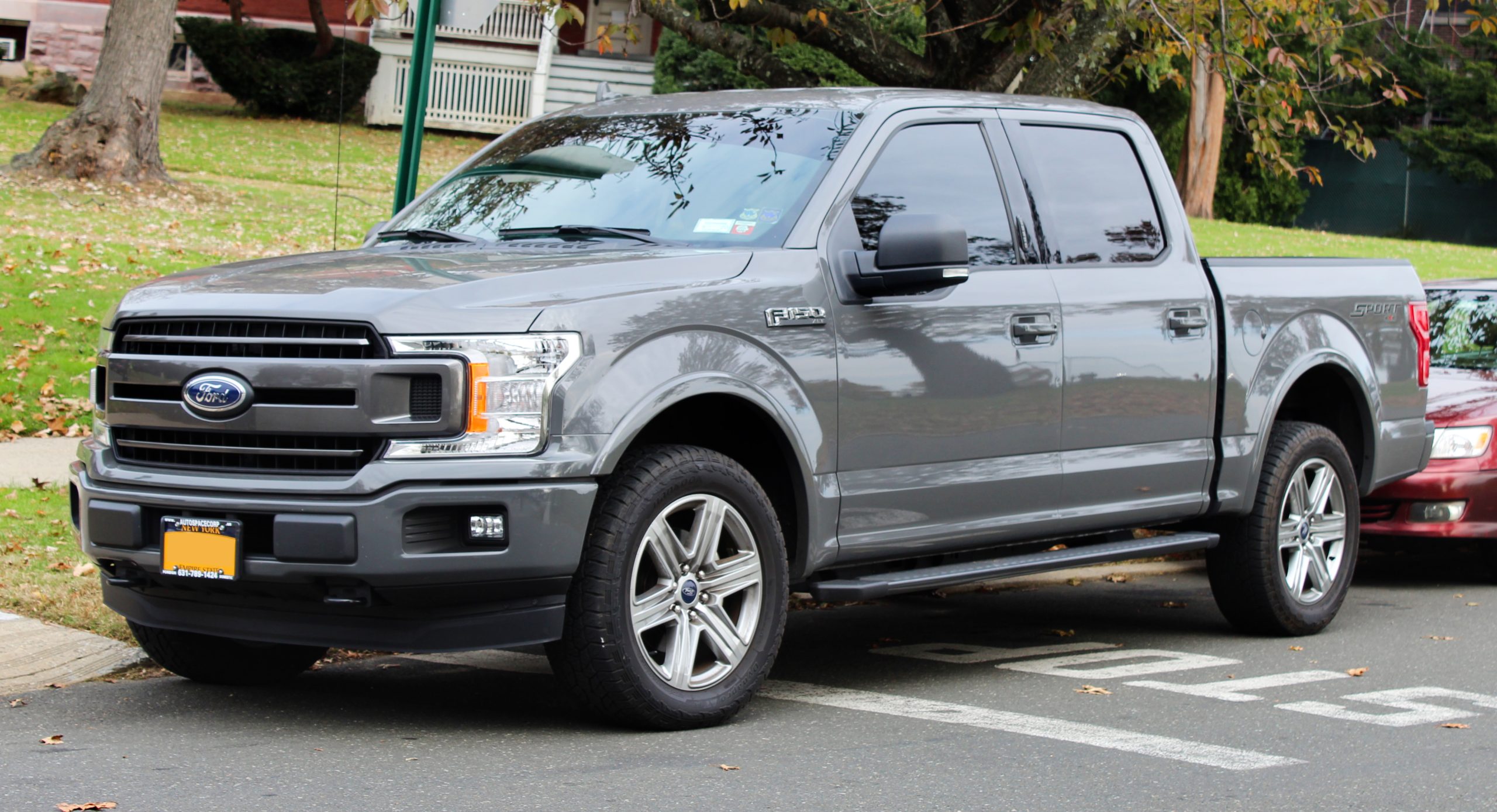
Front and rear door bins and seatback pockets add to the versatility, letting you keep smaller emergency items—like bandages, adhesive tape, or epi-pens—accessible without digging through larger containers.
The F-150 is also known for its flat load floor in the rear, making it easy to kneel and access gear quickly in urgent situations.
Whether you’re on a job site, off-roading, or managing family life, the F-150’s combination of secure interior storage and weather-resistant exterior compartments makes it an excellent choice for storing and organizing a first aid kit.
4. Toyota RAV4
The Toyota RAV4 combines everyday practicality with SUV capability, and one of its lesser-appreciated qualities is how well it handles organized, functional storage—a boon for anyone looking to keep a first aid kit in the vehicle without it getting in the way or exposed to the elements.
One of the highlights is the cargo area underfloor storage compartment, which is available on many RAV4 trims. This section sits beneath the main cargo load floor and provides a flat, concealed space that’s ideal for storing medical supplies.
It keeps first aid materials out of direct sunlight, prevents them from sliding around, and ensures they remain clean and secure.
The RAV4’s cargo layout also includes side pockets along the cargo walls, which can hold smaller kits upright, helping you organize items like elastic bandages, gloves, and antiseptic wipes. These side niches are molded into the trim and are easy to access even when the rear hatch is full of other items.
Moving into the cabin, the center console provides a deep compartment that can accommodate small first aid kits or emergency essentials like flashlights and space blankets. The glove box and rear seatback pockets are additional locations where flatter pouches or emergency cards can be stored for quick reference or grab-and-go situations.
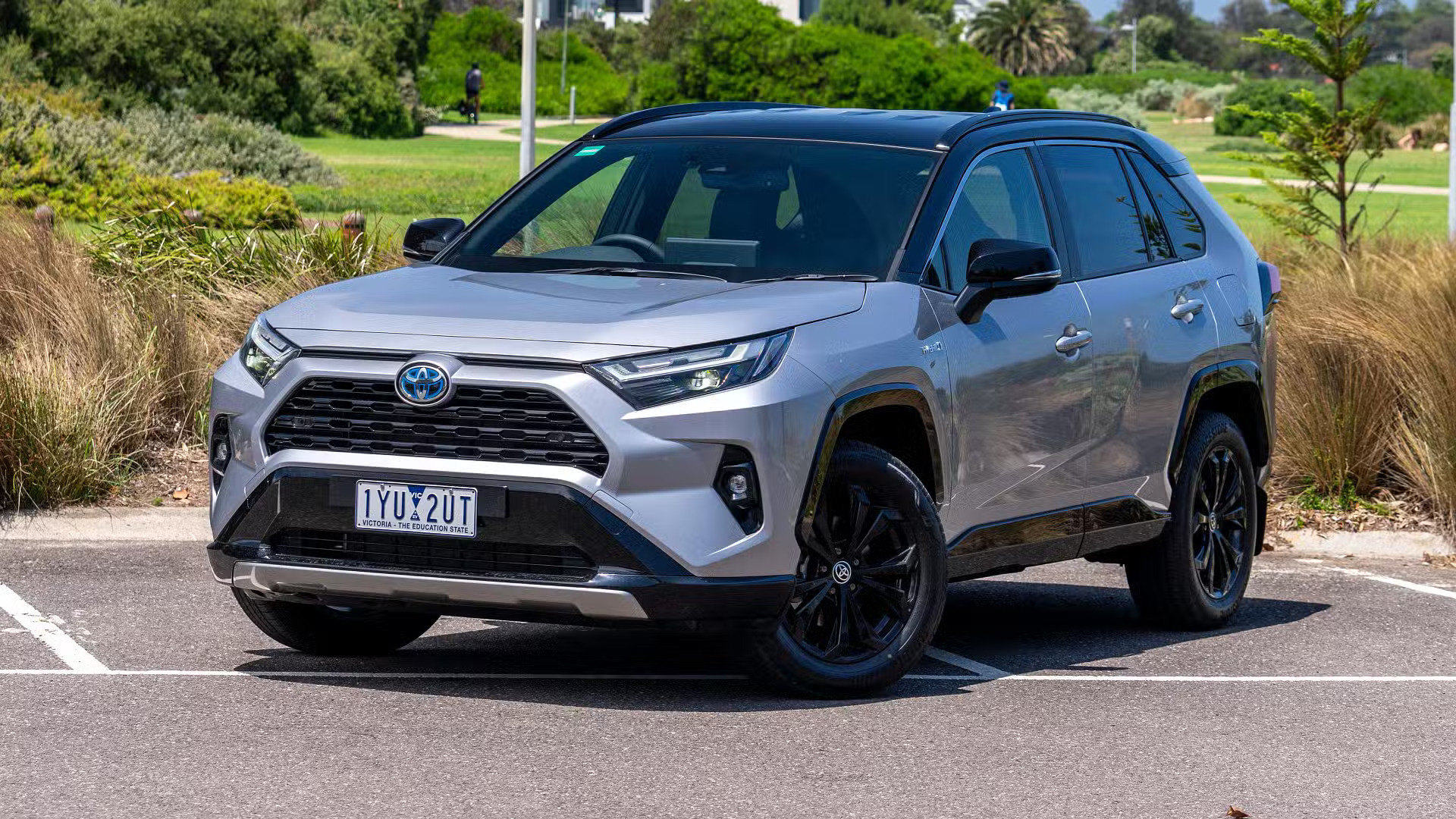
Another useful design touch is the available dual-level cargo floor in some trims. This creates a layered cargo system where you can place a discreet first aid kit beneath the main floor, allowing you to maintain a clutter-free space without sacrificing accessibility.
The RAV4 is also popular among outdoor enthusiasts, families, and urban drivers alike—groups that all benefit from having a dedicated emergency kit on board.
With a reputation for reliability and a cabin designed with thoughtful storage solutions, the RAV4 provides peace of mind for those who like to stay prepared on the road.
5. Chevrolet Traverse
The Chevrolet Traverse is one of the largest midsize SUVs available, offering three-row seating and cavernous interior space.
While it’s ideal for families and road trips, one of its most valuable traits for safety-minded drivers is its wide range of built-in storage bins—perfect for housing a first aid kit.
In the rear cargo area, the Traverse offers a deep underfloor storage compartment. This bin is spacious enough to fit a full-size emergency medical kit and other safety gear like flares or blankets.
The lid lies flush with the rest of the cargo floor, allowing for a neat, clutter-free appearance while keeping essential supplies hidden and protected.
In addition to rear storage, the center console is impressively large, giving drivers a convenient spot to stash a smaller, quick-access first aid pouch.
This space is especially useful for storing items you might need in transit—like aspirin, burn cream, or instant cold packs—without having to exit the vehicle or open the tailgate.
What really sets the Traverse apart are its multiple stowage zones throughout the cabin. Each row of seating comes with door pockets, seatback pockets, and dedicated bins—including cubbies in the third row—making it easy to place small kits or separate items in different locations depending on urgency or passenger needs.

Another clever touch is the hidden compartment behind the infotainment screen on select trims. Press a button, and the screen lifts up to reveal a small lockable space—ideal for storing medications or delicate medical items that need to be kept away from kids or prying eyes.
For families transporting kids, seniors, or passengers with health concerns, the Chevrolet Traverse offers thoughtful, practical solutions. It’s not just about having room—it’s about having organized, accessible, and discreet storage to keep first aid essentials safe and ready at a moment’s notice.
6. Kia Telluride
The Kia Telluride has earned widespread acclaim for its upscale interior, smooth ride, and exceptional value. But beyond the surface, the Telluride also boasts a host of thoughtful storage solutions that make it an excellent choice for anyone looking to carry a well-stocked first aid kit.
Starting at the rear, the Telluride includes a large underfloor cargo bin beneath the rear hatch area. This hidden compartment is both deep and wide, offering plenty of room for a full emergency medical kit and additional gear.
It’s a secure and shaded location, reducing exposure to heat and UV rays—two common causes of degradation in medical supplies.
What enhances its utility is how easily accessible the bin is, even when the cargo area is full. You simply lift a flap on the cargo floor, and you’ve got an instant first aid storage space that’s out of sight but never out of reach.
In the main cabin, the Telluride features a massive center console with layered trays that can be used to separate various emergency items. The upper tray is great for easy-grab gear—like gloves, sanitizer, or a flashlight—while the deeper well underneath can store more comprehensive kits.
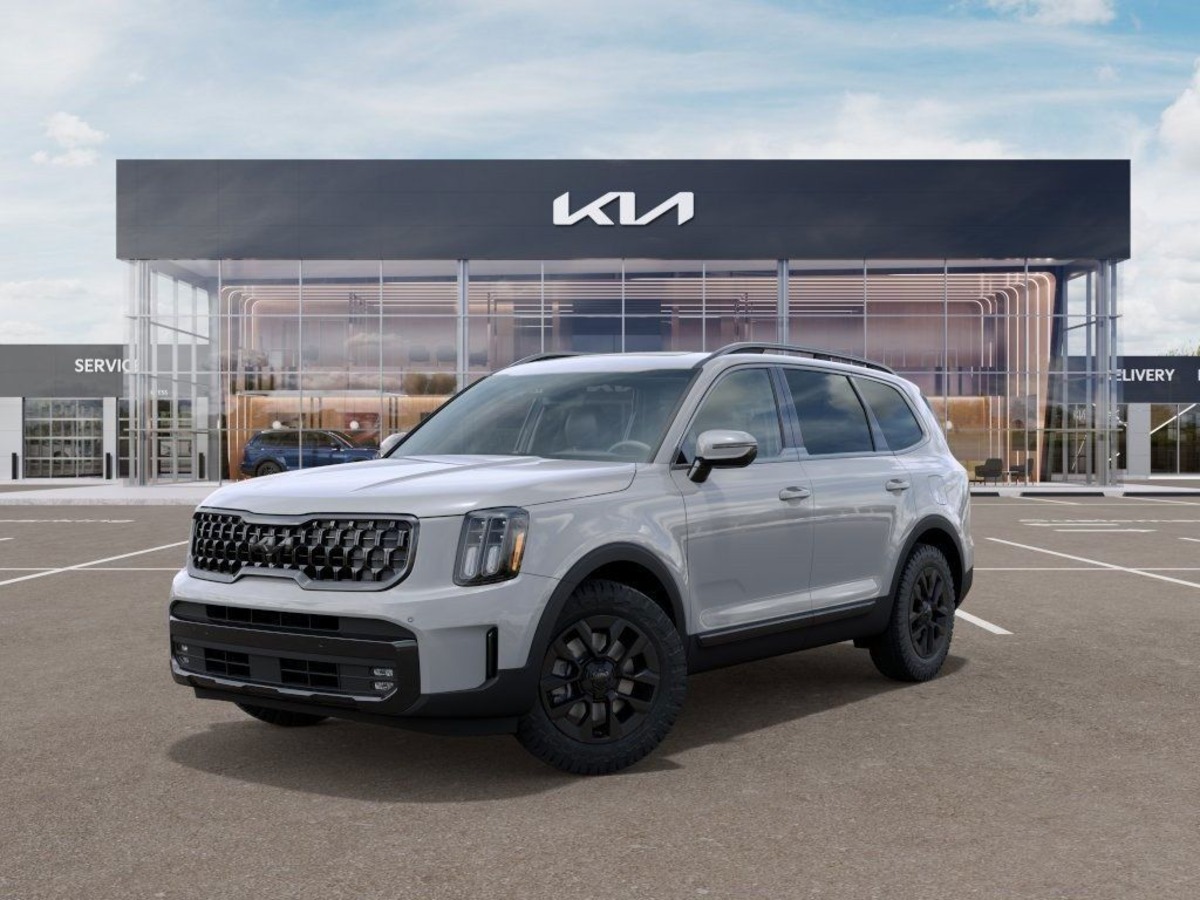
All rows of seats also include ample door pockets and storage cubbies, which means you can distribute medical supplies throughout the vehicle.
This can be especially helpful for families with children or elderly passengers, allowing easy access to bandages, medications, or inhalers from any seat.
Another feature that stands out is the roof-mounted air vents and USB ports in all three rows, ensuring that climate-sensitive first aid items can be stored closer to a consistent temperature and retrieved quickly, even by third-row occupants.
In short, the Kia Telluride combines family-friendly comfort with a design that supports preparedness. Its layout supports both everyday usability and emergency response, making it an ideal platform for keeping a first aid kit safe, secure, and within easy reach at all times.
7. Jeep Grand Cherokee
The Jeep Grand Cherokee is well-known for its off-road prowess and luxurious appointments, but it also deserves recognition for its clever and secure interior storage features, which are well-suited to carrying a reliable and organized first aid kit.
In the rear cargo area, the Grand Cherokee includes a hidden underfloor storage compartment. This bin is not only spacious but also flat and easily accessible, allowing you to store a robust first aid kit without taking up visible trunk space.
It also provides protection from temperature extremes and prying eyes—ideal for more sensitive medical supplies such as medication, scissors, or wraps.
The cargo area itself is wide and unobstructed, with additional side cubbies built into the interior panels.
These are ideal for stashing smaller or supplemental items like gloves, sanitizing wipes, or CPR masks—items you may want easy access to without rummaging through the main kit.
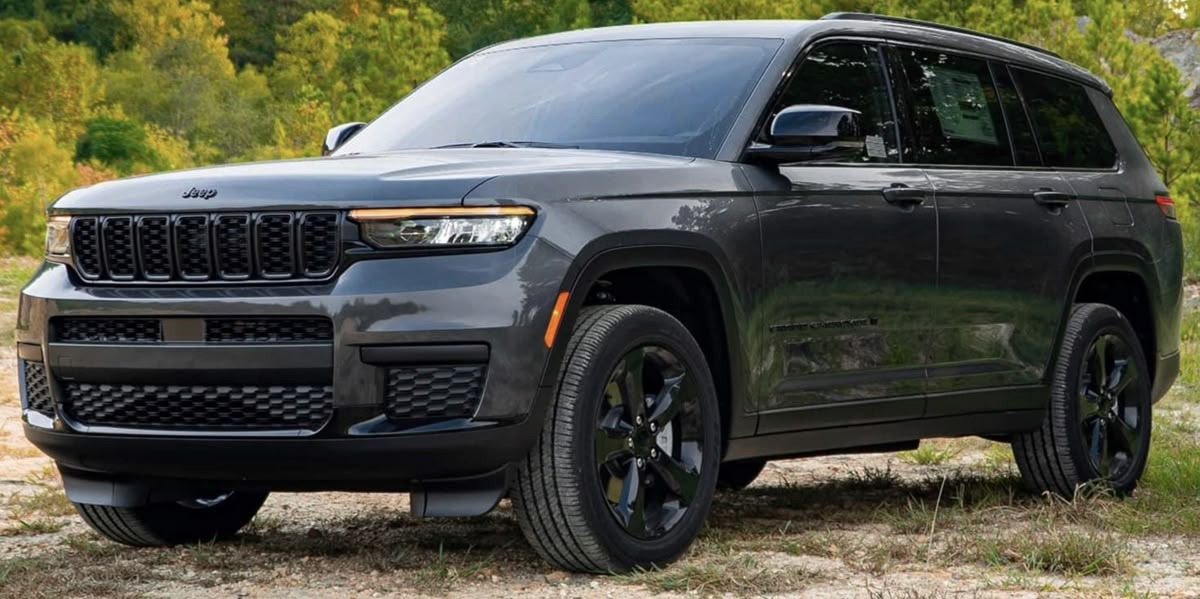
In the passenger compartment, the Grand Cherokee continues to deliver. The center console is deep and ergonomically designed, allowing for a smaller first aid pouch to sit comfortably without interfering with other essentials.
There’s also a dedicated upper storage tray in the console that works well for instant-use items like band-aids or tweezers.
Another excellent feature is the multi-level door storage, which includes compartments for vertical storage—keeping items from sliding around during off-road driving or bumpy commutes.
For backseat passengers, the seatback pockets and rear door compartments offer plenty of alternative spaces to place secondary kits or essentials tailored to passenger needs.
Given the Grand Cherokee’s reputation as an adventure vehicle, the ability to securely store and access emergency gear makes it especially valuable for hikers, campers, and overlanders.
But even for suburban families or commuters, the Grand Cherokee’s blend of robust storage and easy access makes it a practical and reliable option for those who want to be prepared wherever they go.
8. Chrysler Pacifica
Minivans like the Chrysler Pacifica are built with families in mind, and nowhere is that more evident than in the Pacifica’s exceptional storage design.
For anyone looking to keep a first aid kit in their vehicle—especially those with children or elderly passengers—the Pacifica offers both capacity and accessibility in abundance.
A major feature is Chrysler’s proprietary Stow ‘n Go® seating and storage system. When the second- and third-row seats are upright, the floor bins used for seat storage remain empty—and perfectly usable as deep, lidded compartments.
These make ideal locations for larger or more comprehensive first aid kits, protecting them from sunlight, damage, and shifting cargo.
Unlike typical underfloor storage, Stow ‘n Go bins are large and strategically placed within reach of passengers.
This is particularly useful if you need to grab an ice pack, gauze, or an inhaler quickly while on the move. The bins are easy to access and hidden under hinged panels, preserving both cabin aesthetics and floor space.
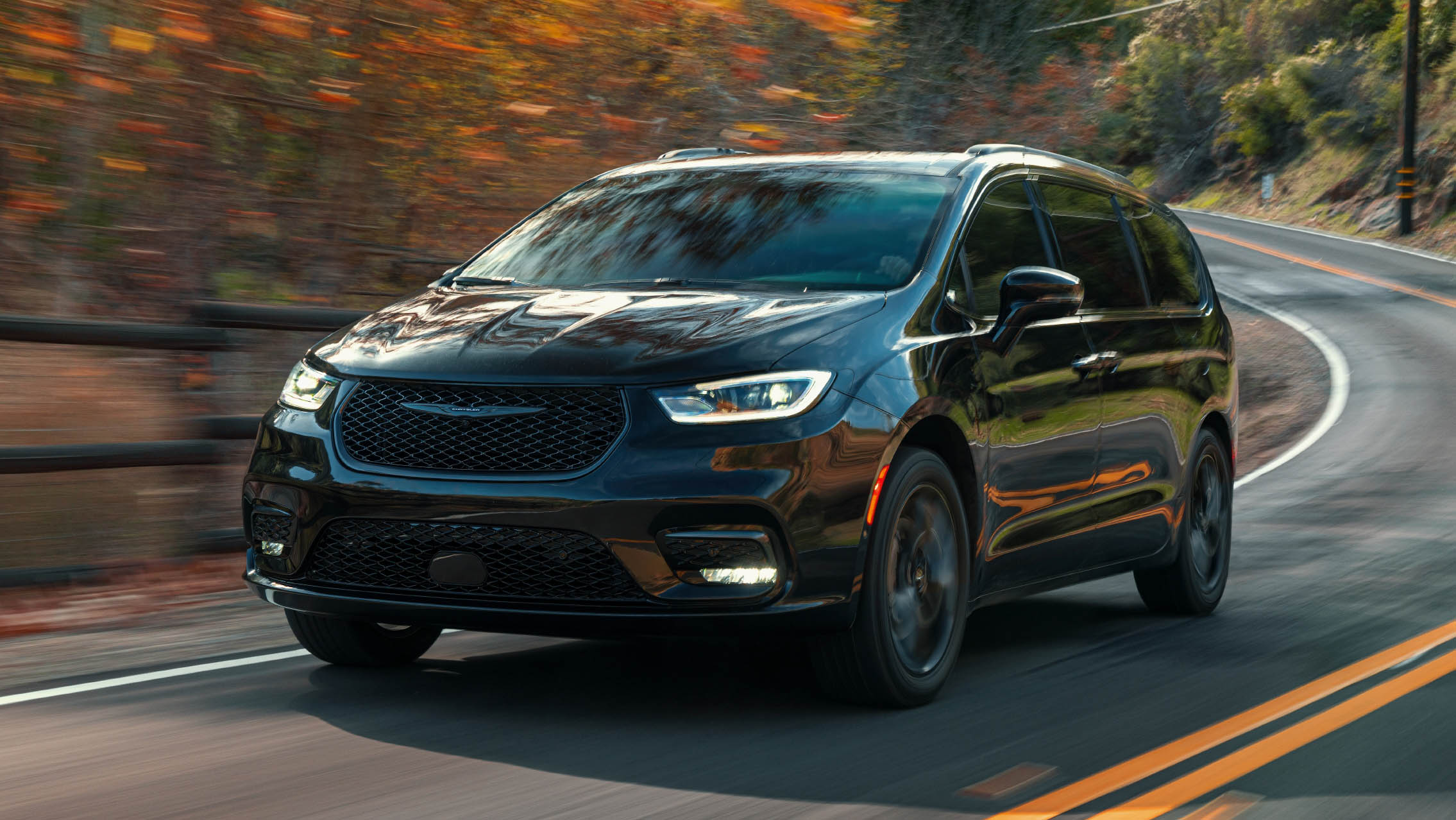
In addition to these signature bins, the Pacifica also features a roomy center console with multiple layers, including small trays for fast access to common medical items like antiseptic wipes or pain relievers.
Door pockets, seatback compartments, and overhead bins further increase flexibility, allowing you to distribute smaller first aid supplies across the cabin.
Another often overlooked benefit is the interior climate control, which allows consistent temperature management for sensitive medical supplies. Rear vents help ensure that supplies stored throughout the van are not subjected to extreme heat or cold.
Designed for safety, comfort, and practicality, the Chrysler Pacifica excels at making preparedness easy.
With its deep storage bins, family-centric layout, and quick accessibility, it’s one of the best vehicles available for drivers who want their first aid kits to be both discreetly stashed and instantly available when needed.
9. Ford Explorer
The Ford Explorer is a midsize SUV that blends family-friendly features with rugged capability, and it also shines in terms of practical storage options ideal for first aid kits.
With three rows of seating and a thoughtful interior layout, the Explorer provides multiple convenient storage bins that make stowing emergency supplies both easy and secure.
One of the Explorer’s most notable storage features is the underfloor cargo compartment located beneath the rear cargo area. This hidden bin is large enough to accommodate a comprehensive first aid kit, keeping it out of sight but quickly accessible when needed.
The compartment lid sits flush with the cargo floor, preserving a flat loading surface and protecting supplies from dirt and damage.
Inside the cabin, the center console is spacious and well-designed, offering a deep storage well beneath a removable tray. This allows for organized storage of smaller first aid essentials like antiseptics, bandages, and scissors, while keeping them within reach of the driver and front passenger.
The Explorer’s door panels and seatback pockets provide additional storage options throughout all three rows, allowing passengers to keep personal or medical items close at hand. This distributed storage is especially beneficial for families or groups, as it lets everyone access medical supplies without crowding one location.
Another convenience is the Explorer’s rear underseat storage bins (available on some trims), which create additional hidden space ideal for items that need to be kept secure and out of direct sunlight, such as medications or delicate bandages.
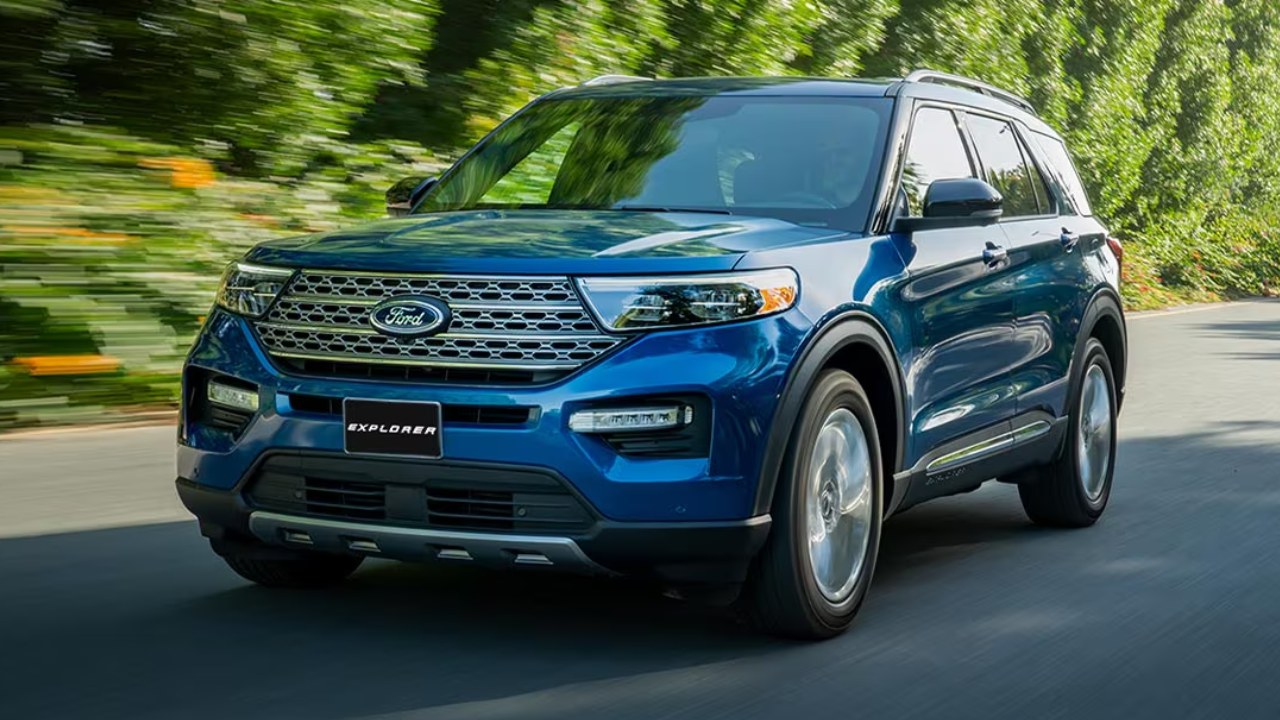
Moreover, the Explorer features a dual-zone climate control system with rear vents, helping maintain stable temperatures inside the cabin—important for preserving the integrity of temperature-sensitive first aid supplies.
Combining spacious, versatile storage with thoughtful design, the Ford Explorer is an excellent choice for anyone who wants to keep their first aid kit organized, accessible, and protected on every journey—whether it’s a daily commute or a family adventure.
10. Honda Element
Though no longer in production, the Honda Element continues to have a strong fan base due to its durable, utilitarian design—and it’s especially noteworthy when it comes to storage versatility for emergency kits.
With its boxy shape and easy-to-clean interior, the Element offers smart, accessible, and weather-resistant spaces for stashing medical supplies.
One standout feature is the flat and low cargo floor, which includes built-in side compartments and underfloor bins in certain trims.
These spaces can accommodate both basic and more advanced first aid kits, keeping them safe from view and secure from rolling around the cabin. The flat floor makes it easier to kneel, sit, or work on a patient in an emergency, especially if you’re in a remote area.
The rear seats fold completely up against the side walls or can be removed entirely, freeing up a generous amount of open floor space. This makes it ideal for custom storage solutions like hard cases or modular first aid boxes, which can be strapped down or placed in secure crates.
Whether you need a simple kit for road trips or a full trauma bag for backcountry rescues, the Element’s interior layout is ready for customization.
In the front, the center console and door pockets offer ample room for storing smaller emergency items such as band-aids, eye wash, or glucose tablets.
Seatback organizers can be added for additional accessibility, especially if you regularly travel with passengers who may need quick access to medications or medical tools.
Another benefit is the Element’s rubberized flooring and water-resistant upholstery, which make cleanup easy in case of spills or contamination. This feature is ideal for more rugged users—dog owners, campers, surfers—who may also want to carry compact medical kits for outdoor-related injuries.
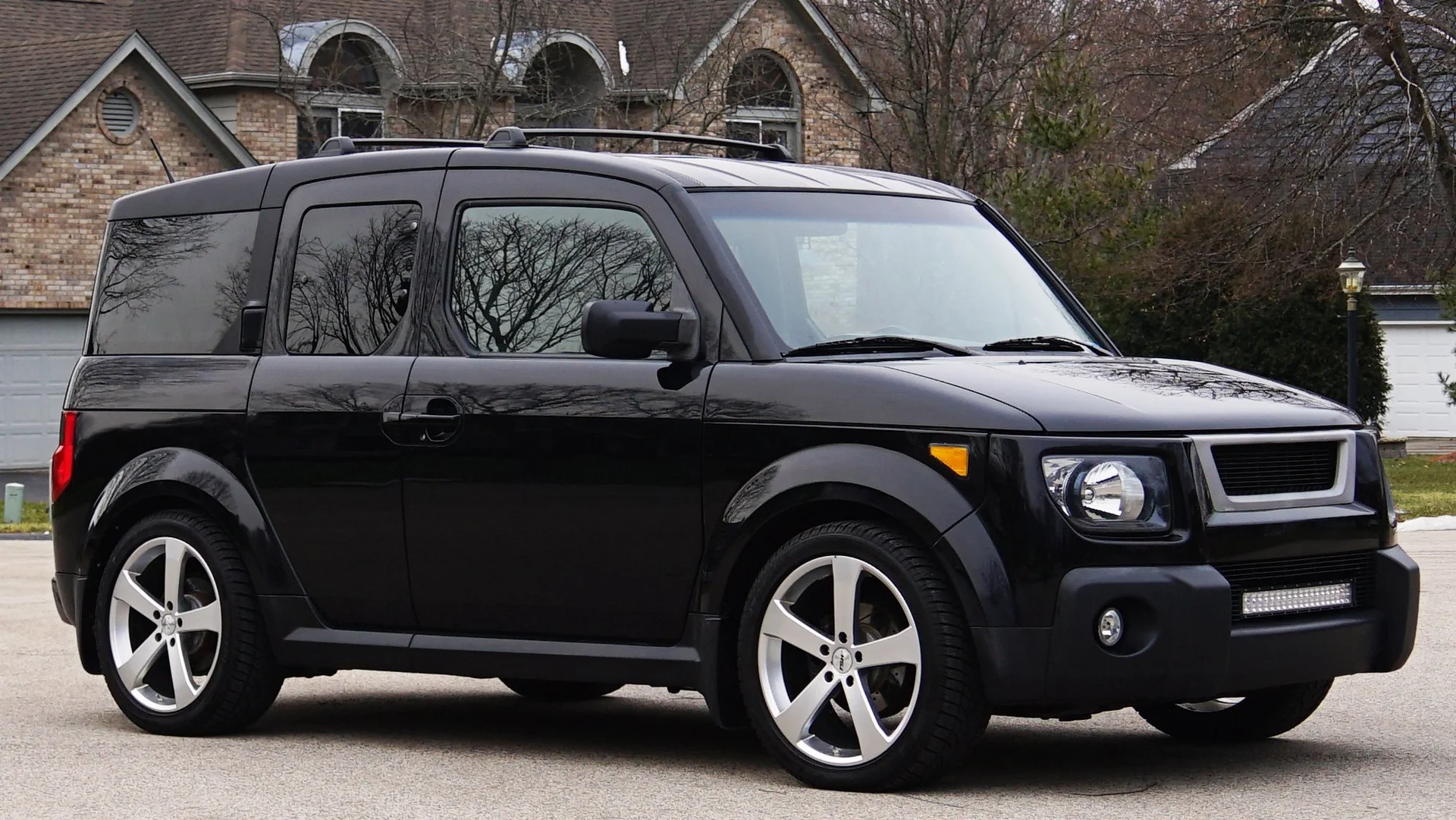
In short, the Honda Element may be unconventional, but it excels in practical, adaptable storage that can meet a wide range of emergency preparedness needs.
When it comes to vehicle safety and preparedness, one often-overlooked aspect is the storage space available for essential emergency supplies like a first aid kit.
The vehicles featured in this article demonstrate that functionality and smart design go far beyond horsepower or infotainment systems.
Instead, they emphasize the practical reality of everyday driving—being ready for life’s unexpected moments, whether that’s a scraped knee at soccer practice or a more serious medical need on a remote trip.
From family-oriented minivans like the Chrysler Pacifica to rugged SUVs such as the Jeep Grand Cherokee and Subaru Outback, the vehicles we’ve highlighted offer more than just cargo capacity.
They provide accessible, secure, and intelligently placed storage bins that make it easy to house medical supplies where they’ll be both protected and easy to reach. This matters greatly in scenarios where time is of the essence.
Whether you’re tending to a minor wound on the side of the road or handling a sudden allergic reaction during a camping trip, quick access to a well-stocked first aid kit can make a vital difference.
The underfloor storage bins, in particular, stood out as a repeated and incredibly useful feature across many of these models. These hidden compartments allow drivers to store full-sized first aid kits discretely, without cluttering the trunk or rear seats.
They also help protect supplies from excessive heat, sunlight, and theft. Meanwhile, center consoles, glove boxes, and rear door compartments serve well for storing smaller or frequently-used items, adding convenience for both drivers and passengers.
Another common thread was the flexibility of storage design—whether it’s the modular interior of the Honda Element, the dual-layer console of the Kia Telluride, or the clever Stow ‘n Go system in the Chrysler Pacifica.
These vehicles support both daily usability and emergency preparedness, without compromising on comfort or aesthetics.
For parents with children, pet owners, adventurers, and even Uber or Lyft drivers, this level of preparedness brings peace of mind and shows that safety extends beyond airbags and seatbelts.
Temperature control is another important factor. Vehicles like the Kia Telluride, Subaru Outback, and Toyota 4Runner maintain more stable cabin climates through rear ventilation and insulation, making them ideal for storing temperature-sensitive supplies like medications, ointments, and epinephrine auto-injectors.
Having a storage system that safeguards these supplies over time is just as critical as having the supplies in the first place.
Ultimately, the best vehicle for storing a first aid kit is the one that fits your lifestyle and driving habits—but the common denominator among all the models discussed is their dedication to smart, driver-focused design.
These vehicles anticipate the needs of real users in real-world conditions. Whether you’re dropping kids at school, heading out for a long road trip, or exploring trails miles from the nearest hospital, having organized and accessible emergency supplies on board is a key part of responsible vehicle ownership.
So when you’re choosing your next car, SUV, or crossover, don’t just think about entertainment features and fuel economy. Take a closer look at the storage compartments, layout, and accessibility.
Your vehicle should be a mobile safe zone—not just for transport, but for total preparedness. A good storage bin today might be the reason you’re ready for an emergency tomorrow.
Also Read: 10 Cars Where Rear Seatbelt Mounting Gets in the Way

